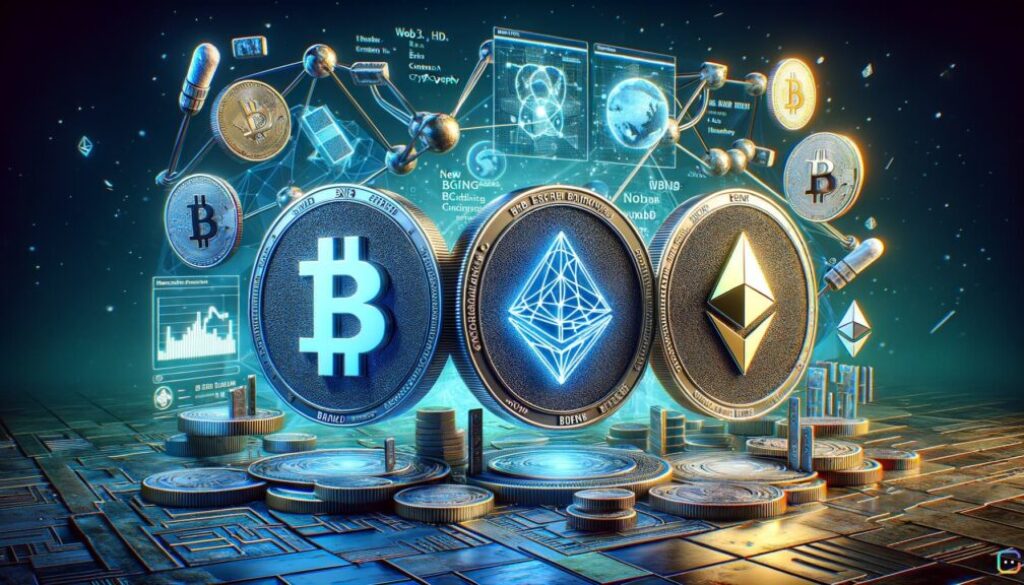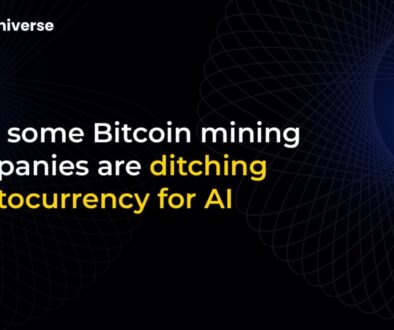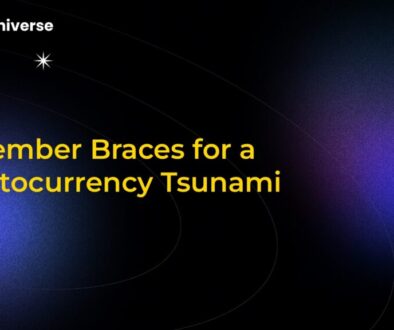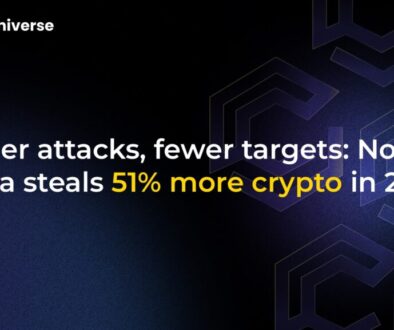BNB Chain Lorentz Hard Fork Speeds Up; Ethereum Fusaka Faces EOF Debate

Blockchain Evolution: BNB Chain Accelerates While Ethereum Debates
The blockchain landscape is constantly evolving, with major networks frequently undergoing upgrades known as hard forks. Recently, two leading platforms, BNB Chain and Ethereum, have been in the spotlight for their respective updates. BNB Chain successfully executed its Lorentz hard fork, significantly boosting network speed, while Ethereum’s upcoming Fusaka hard fork navigates internal disagreements regarding a key technical feature.
BNB Chain’s Lorentz Hard Fork: A Leap in Speed and Efficiency
On April 29, 2025, the BNB Chain implemented the Lorentz hard fork, a major upgrade designed to enhance the performance of both the BNB Smart Chain (BSC) and its Layer-2 scaling solution, opBNB. This upgrade represents a significant technical step forward for the ecosystem.
Key Objectives and Outcomes:
- Reduced Block Times: The core achievement of Lorentz was slashing block confirmation times. Through the implementation of BEP-520, BSC’s block time was halved from 3 seconds down to just 1.5 seconds.
- Ultra-Fast opBNB: Preceding the mainnet upgrade, opBNB underwent its own Lorentz hard fork on April 21, reducing its block time to an impressive 0.5 seconds. This makes opBNB one of the fastest Layer-2 networks available.
- Enhanced User Experience: Faster block times translate directly to quicker transaction confirmations. Users now experience significantly reduced waiting times, leading to a smoother and more responsive interaction with dApps and services on the network.
- Improved Network Efficiency: Lower latency and faster processing contribute to overall network efficiency, allowing the chain to handle more transactions effectively.
To ensure a smooth transition, node operators were required to update their software to version v1.5.10 ahead of the activation date. The successful execution of Lorentz underscores BNB Chain’s commitment to technical improvement and scalability.
Ethereum’s Fusaka Hard Fork: Navigating the EOF Controversy
Ethereum is gearing up for its next major upgrade, the Fusaka hard fork, tentatively scheduled for late 2025. However, the path to Fusaka has encountered a significant debate centered around the exclusion of the EVM Object Format (EOF).
The EOF Debate Explained:
- What is EOF? EVM Object Format is a proposed set of improvements aimed at overhauling how smart contracts are structured and executed on the Ethereum Virtual Machine (EVM). Its goals include making code cleaner, safer, and easier to validate and upgrade.
- Why Was It Removed? The decision to remove EOF from the Fusaka upgrade, announced by core developer Tim Beiko, stemmed from several factors. Concerns were raised about its technical complexity, the potential for introducing unforeseen issues, and the risk of delaying the overall Fusaka rollout.
- Community Division: The proposal faced pushback from segments of the developer community. While some championed EOF as a necessary evolution for the EVM, others argued its benefits didn’t outweigh the potential risks and implementation challenges at this time.
- Prioritizing Timeliness: Ultimately, the decision reflects a cautious approach, prioritizing the timely delivery of other key Fusaka features over incorporating the potentially disruptive EOF changes in this specific upgrade cycle.
The EOF controversy highlights the inherent complexities in governing and evolving a decentralized network like Ethereum. Balancing ambitious technical innovation with stability, security, and community consensus remains a critical challenge.
Contrasting Paths: Speed vs. Consensus
The recent developments showcase contrasting priorities and approaches. BNB Chain’s Lorentz hard fork focused squarely on delivering tangible performance improvements, successfully reducing block times and enhancing user experience. Ethereum, while also pursuing upgrades, finds itself navigating complex technical debates and community governance dynamics, as seen with the EOF exclusion from Fusaka.
Both approaches reflect different stages and philosophies in blockchain development. As these networks continue to evolve, the interplay between technical advancement, community consensus, and user needs will undoubtedly shape the future of the decentralized web.


